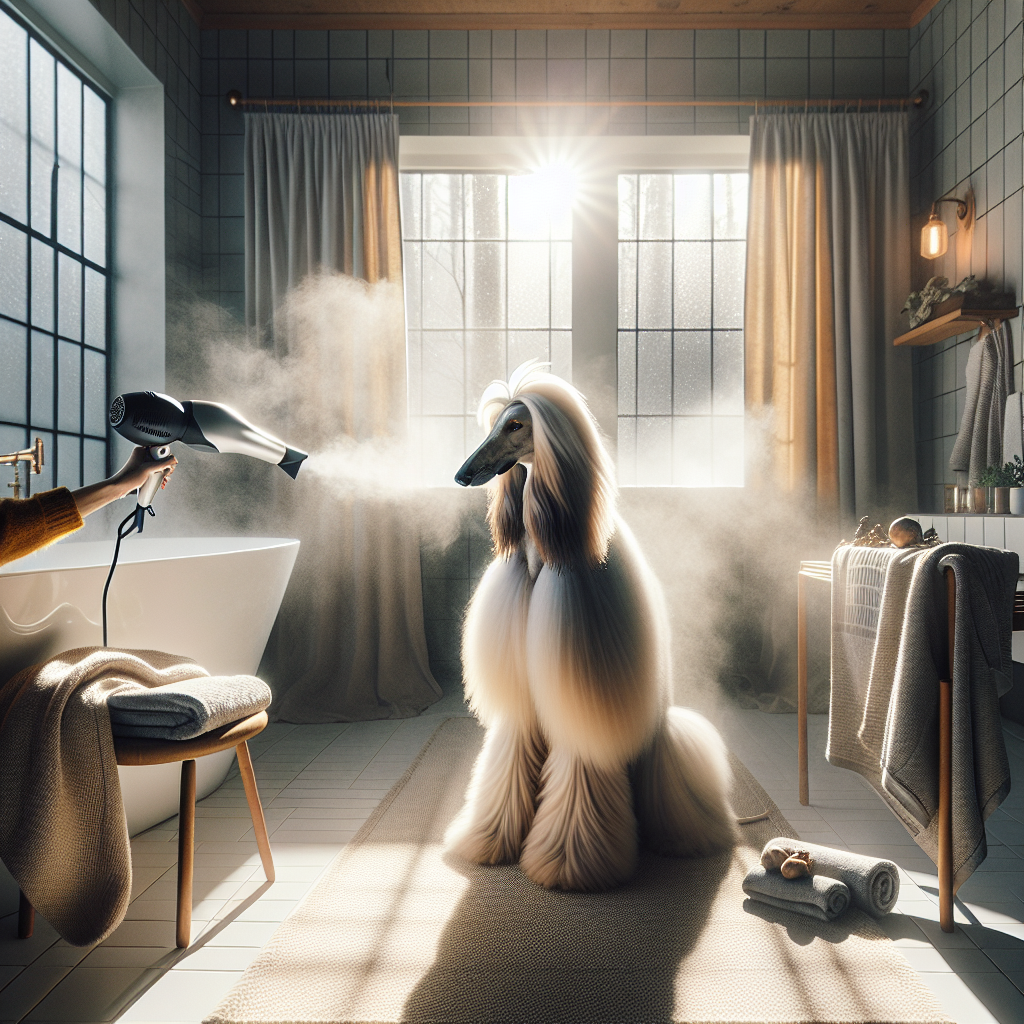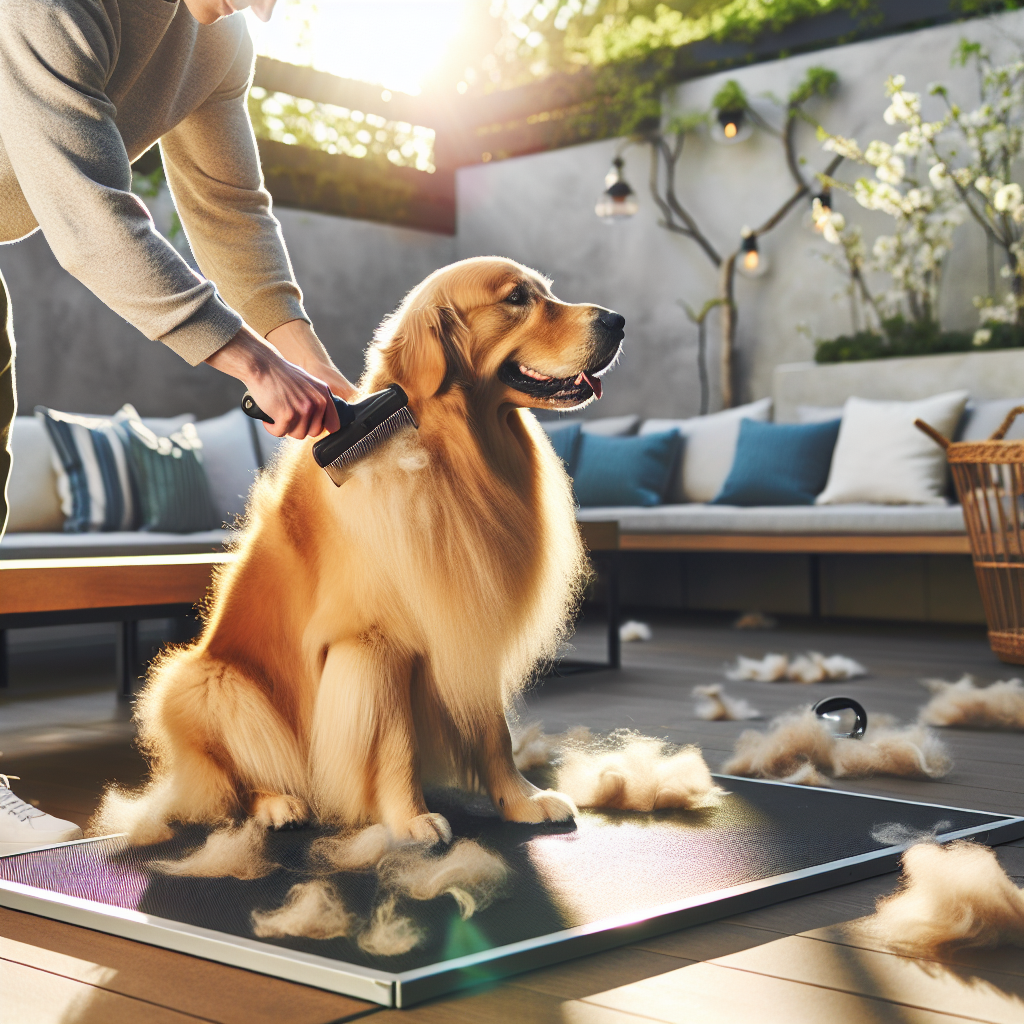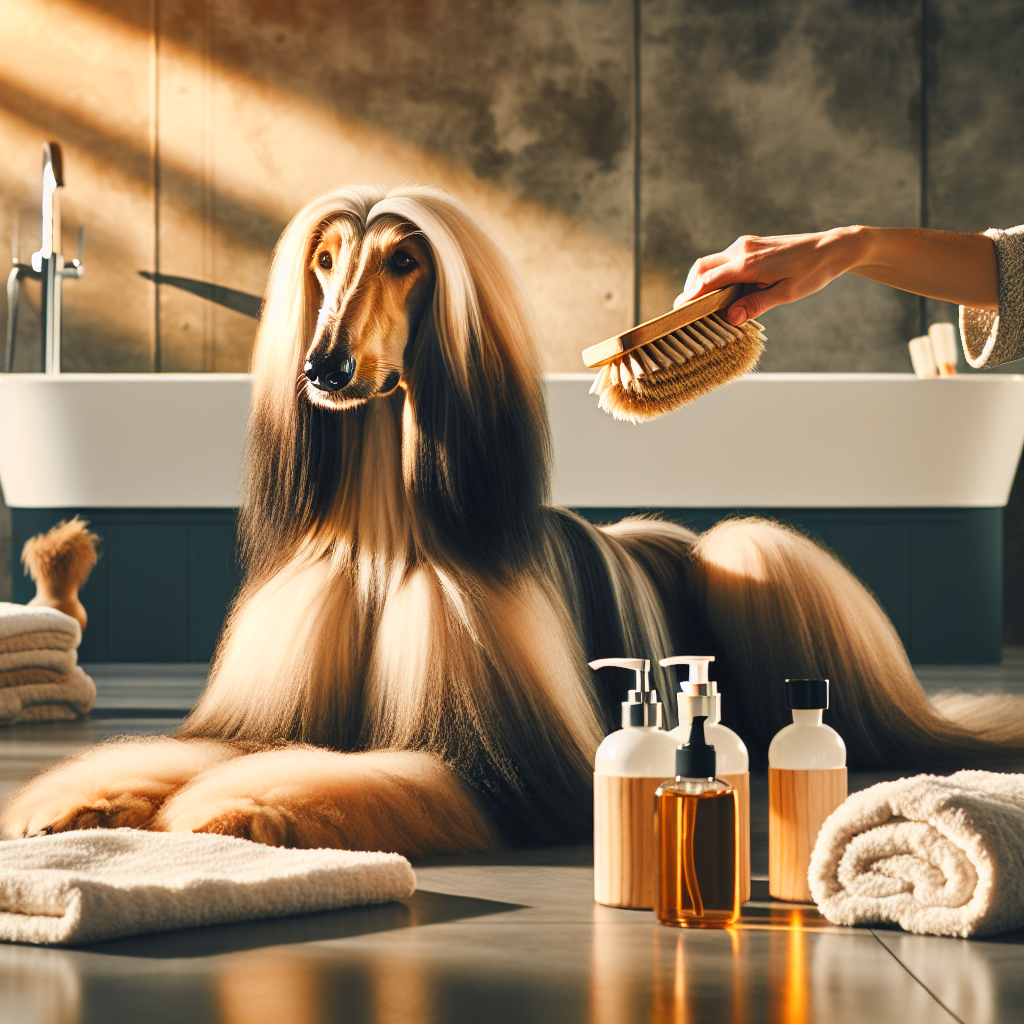Winter Grooming Tips Every Dog Parent Should Know
Just like humans, dogs need a specific wellness routine when the temperature drops — and that includes some seasonal adjustments. These essential winter grooming tips will help you tend to your pup’s coat, skin, and paws, keeping them healthy and comfortable through cold, dry months.
Why Winter Grooming Is Different
Winter weather presents unique challenges for dogs of all coat types. Low humidity indoors and icy sidewalks outdoors mean their fur and skin face a double threat: dryness and exposure.
Short-coated breeds may suffer from flaky skin, while long-haired pups are at risk for matting if snow and slush aren’t properly cleared after walks. Even paws need extra attention due to ice, salt, and cold surfaces.
That’s why switching up your grooming techniques is a must once winter settles in.
Coat Conditioning and Brushing Basics
In cold months, a dog’s skin produces less oil, which can lead to a dull coat and dry skin. Regular brushing distributes natural oils and helps remove flakes, dander, and loose fur. It also prevents painful tangles, especially in double-coated or long-haired breeds.
Try this detangling brush set for long-haired dogs to level up your grooming routine.
If your dog tends to get static buildup or dry patches, consider using a conditioning spray before or after brushing to nourish the skin and coat. Look for natural formulas with ingredients like coconut oil, aloe, or vitamin E.
Bathing — But Not Too Much
Baths are important in winter, but moderation is key. Overbathing can strip the coat of protective oils, leaving your dog itchy and vulnerable to irritation. Aim to bathe your dog no more than once a month in winter, unless they get especially dirty.
Always use dog-specific shampoos designed to hydrate and soothe. Skip human shampoo altogether — even the mildest human formulas are too harsh for dog skin.
After bathing, dry your dog thoroughly, especially if you have a pup with a thick coat. Lingering moisture can lead to skin infections or a chill. Using a low-heat pet dryer can help dry their coat evenly and comfortably.
Paw and Nose Protection
Your pup’s paws are in constant contact with winter surfaces, which can be freezing cold, salty, or chemically treated with de-icers. Regularly inspect their feet for cracks, bleeding, or embedded ice.
Here’s how to keep those paws in top condition:
- Trim fur between paw pads to prevent snow buildup.
- Apply a dog-safe balm before walks to create a barrier against salt and ice.
- Rinse and dry paws thoroughly after outings to remove residue.
- Massage paw moisturizer in after walks to keep pads supple and prevent cracking.
Don’t forget your dog’s nose! Cold air can dry it out just like it does to their paws. Apply a dab of pet-safe nose balm to keep that sniffer soft and hydrated.
Indoor Grooming Wellness Routines
When winter weather keeps you indoors more often, it’s the perfect opportunity to enhance your dog’s grooming and wellness schedule from the comfort of home.
Build a cozy ritual for brushing, ear cleaning, and light massages. Use this downtime to check for signs of hair matting behind the ears, under the legs, or near the tail. Keeping these areas clean and tangle-free is crucial, especially if your dog wears sweaters or jackets in cold weather — fabric friction can contribute to knotting.
If your dog sleeps near a heater or fireplace, monitor for dry skin and consider using a humidifier in the room to maintain optimal moisture levels in the air.
Nutrition’s Role in Skin and Coat Health
What you feed your dog plays a big part in how their coat and skin respond to colder months. Omega-3 fatty acids, found in fish oils or supplements, can dramatically improve coat softness and reduce inflammation that causes itchiness.
A high-quality, moisture-rich diet supports overall skin hydration from the inside out. Consult your vet before introducing new supplements, but many winter wellness plans include salmon oil or other dog-formulated fatty acid blends to support the skin barrier.
Hydration also matters — despite the cold. Make sure your pup has access to fresh, unfrozen water at all times, especially if you’re using indoor heating that can be dehydrating.
Professional Grooming During Winter
Even if you’re diligent at home, professional grooming can help polish your winter routine. Groomers can safely remove undercoat buildup, trim the nails (which can grow faster if dogs aren’t as active in the snow), and check for skin conditions you might miss.
Be sure to book ahead — many groomers fill up quickly before holidays and during cold spells when people limit outdoor DIY grooming.
And remember: shaving your dog down in winter is generally not recommended. Instead, ask your groomer for a tidy trim that sustains insulation while preventing matting.
Final Thoughts on Cold Weather Canine Care
Winter grooming isn’t just about keeping your pup pretty — it’s a vital part of their seasonal wellness. From paw care to coat conditioning, every step in your cold-weather routine helps your dog feel comfortable, protected, and ready to romp in the snow.
So grab that brush, stock up on balm, and turn grooming into a cozy bonding routine. After all, winter is better when we’re all a little more pampered — dogs included.
Need more inspiration for cozy care rituals? Check out our guide on how to create a spa day for your dog.


